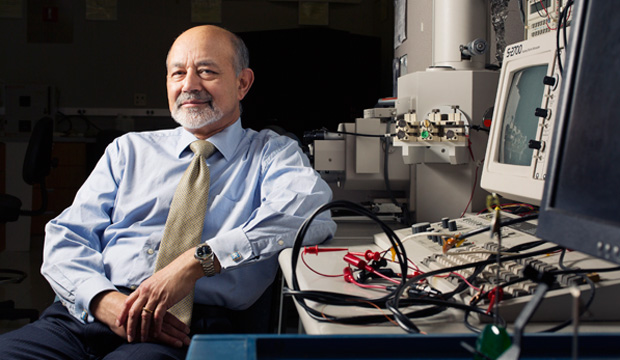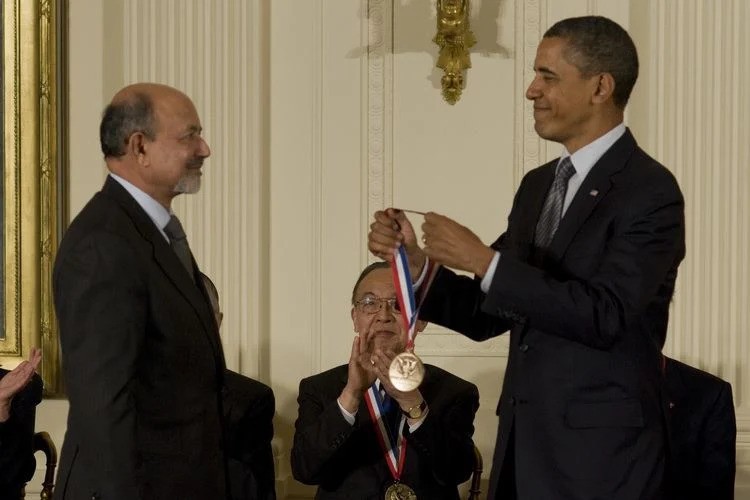(January 12, 2022) When Vijay Anand returned to India in the early 2000s from Canada, he was taken aback by the stark difference in how startups and entrepreneurs were treated in the subcontinent. In Canada, it took a couple of hours to register a company, here it took 100 days. Or how entrepreneurs were considered to be smart in the West, yet back home, they were considered unemployed. As Anand set about working to change that, and create a startup ecosystem, he soon earned the moniker The Startup Guy. From helping set up IIT Madras’ Rural Technology and business incubator to holding events to help new product-based startups come to the fore, facilitating networking and creating a buzzing startup ecosystem that now sees hundreds of successful startups emerge from the subcontinent, Vijay has come a long way in realising his vision.
Today, the Startup Guy works with several states across the country to create and promote a thriving ecosystem: right from writing new policies to weighing in on events conducted to promote startups. Startups Uniphore, Ather Energy, DesiCrew, etc have found solid ground thanks to Anand’s foresight. This experienced venture ecosystem builder, who believes that good capitalism is the way forward, was awarded the NASSCOM Ecosystem Evangelist Award in 2010 for his commitment.
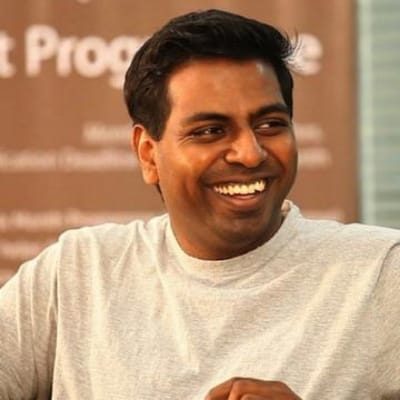
The TN boy with a global outlook
Born and raised in Dubai, Vijay and his family moved back to their hometown near Tirunelveli when the Gulf War broke out in 1991. He would however continue to visit his father in Dubai, who worked with the Dubai airport for 36 long years. “Our time in Dubai gave us a very global outlook early on. A lot of our family friends were from the Philippines and Lebanon. That helped shaped my outlook very differently,” says Vijay, who graduated in software engineering from University of Ottawa, Canada.
“After I completed class X, my parents bought me a computer. Like typical Indian families, the price of the computer was a talking point. I decided to repay my parents for it. Around that time, many local banks had computers but not the software required. I built the software for Tamil Nadu Mercantile Bank, and created an inventory management system for a friend who owned a bike showroom. This helped me earn enough money to pay my parents back for the computer,” laughs Vijay, who worked two jobs to pay his tuition fees in Canada.
Quiz him on why he didn’t want to study in the US as is the norm, Vijay laughs. “There were just too many relatives in America. I would never have found myself if I’d gone there,” says The Startup Guy, who set up his first enterprise, a software company, as a student in Canada. “Back then I wanted to get a Canada PR and settle there. The ecosystem for startups was great and the government too lent great support to entrepreneurs,” he tells Global Indian.
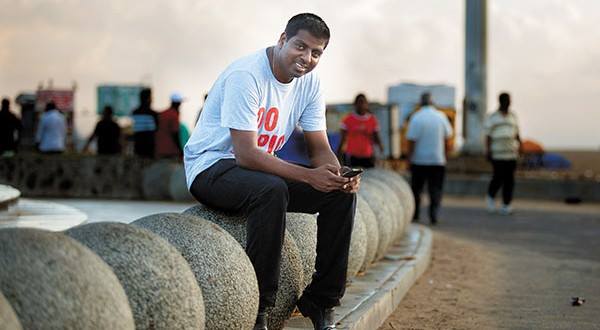
Winds of change
But as luck would have it, Vijay came down to Chennai for his brother’s wedding when he met Prof Ashok Jhunjhunwala of IIT Madras. “I was telling him all about the startup ecosystem in Canada and the lack of it in India. And that’s when he said, ‘We have enough NRIs who come down and say all this. If you’re serious, why don’t you come and be the change.’” That lit a spark in Vijay, who decided to wind things up in Canada and move back to India in 2004.
He began collaborating with Prof Jhunjhunwala at IIT Madras and soon the duo launched RTBI which has since incubated several successful startups including DesiCrew, Uniphore, and Ather Energy. Parallelly, Vijay also began hosting Proto.in, a community driven event that was held every six months to help entrepreneurs convert ideas into prototypes. Soon Proto.in became a platform to showcase the best startups to exhibit products, and not mere ideas.
Around 2011, Vijay also launched The Startup Centre, a one-of-a-kind space in Chennai to help people come together to brainstorm new ideas, find funding, etc. Back then, there was barely an ecosystem to speak of in Tamil Nadu, and the road map ahead was pretty vague for startups. “Over the years, however, the ecosystem has evolved and today The Startup Centre is nothing like what it was when we started. Today we work remotely, there is no physical office anymore,” says Vijay, adding, “We now work with early stage companies and also do a bit of funding.”
Man with many hats
The Startup Centre – a five member team – currently works with companies and governments in Tamil Nadu, Telangana, Maharashtra and Madhya Pradesh among others. It hosts events, incubation programmes, etc in the capacity of a knowledge partner. “We made the shift in 2015 to differentiate ourselves from other players. It meant that we could now work with companies across the country,” says The Startup Guy, who is also an avid gardener. He finds planting trees – mulberry, custard apple, Jacaranda to name a few – therapeutic.
Incidentally, Vijay is also deeply involved with the CII and focuses on international linkages. “My work at CII began as a lot of foreign delegations visit Chennai, especially from African and Eastern European countries,” he says, adding, “I began working with the CII to showcase the city’s evolving ecosystem and the new age economy.”
Every city in the country, he says, has its own strengths when it comes to startups. If Chennai is good with SaaS, EVs and healthcare startups, Bengaluru is known for its IT, AI/ML and B2C startups. “Telangana, on the other hand, is good with biotech, Goa with cybersecurity, Delhi with logistics, and Pune with automobiles. Each city has its strengths and they play to it,” he says, adding that India is in a good space today. “Five years ago startups were in the imitation space, today they are in the adaptation and experimentation space. Startups like Postman, Ather and UPI are setting standards. The next decade will be for Asia, for better or for worse,” he signs off.
- Follow Vijay Anand on LinkedIn

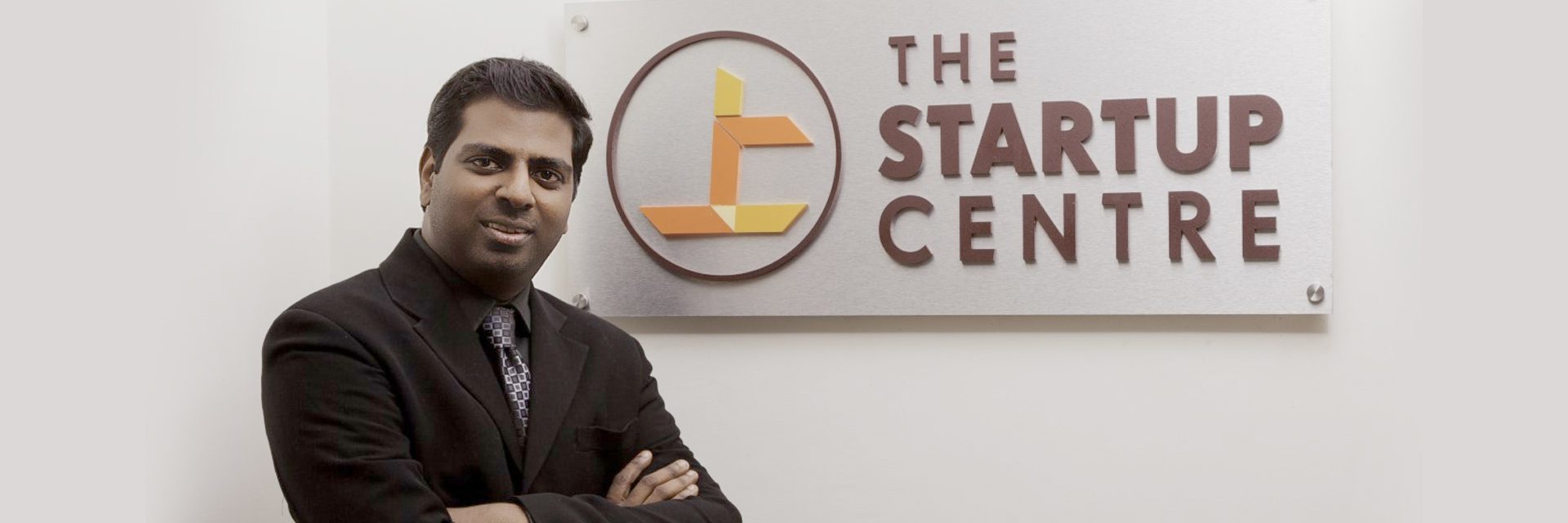

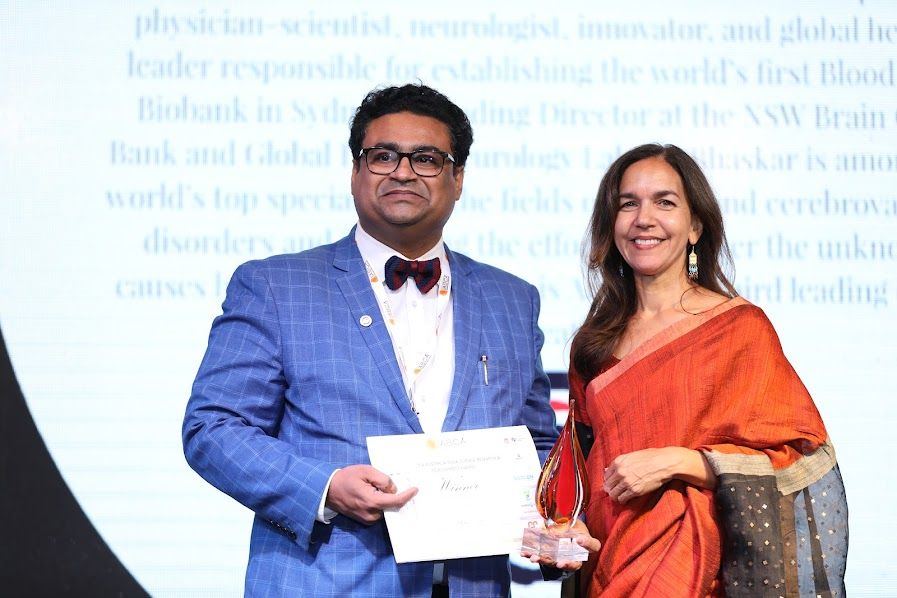
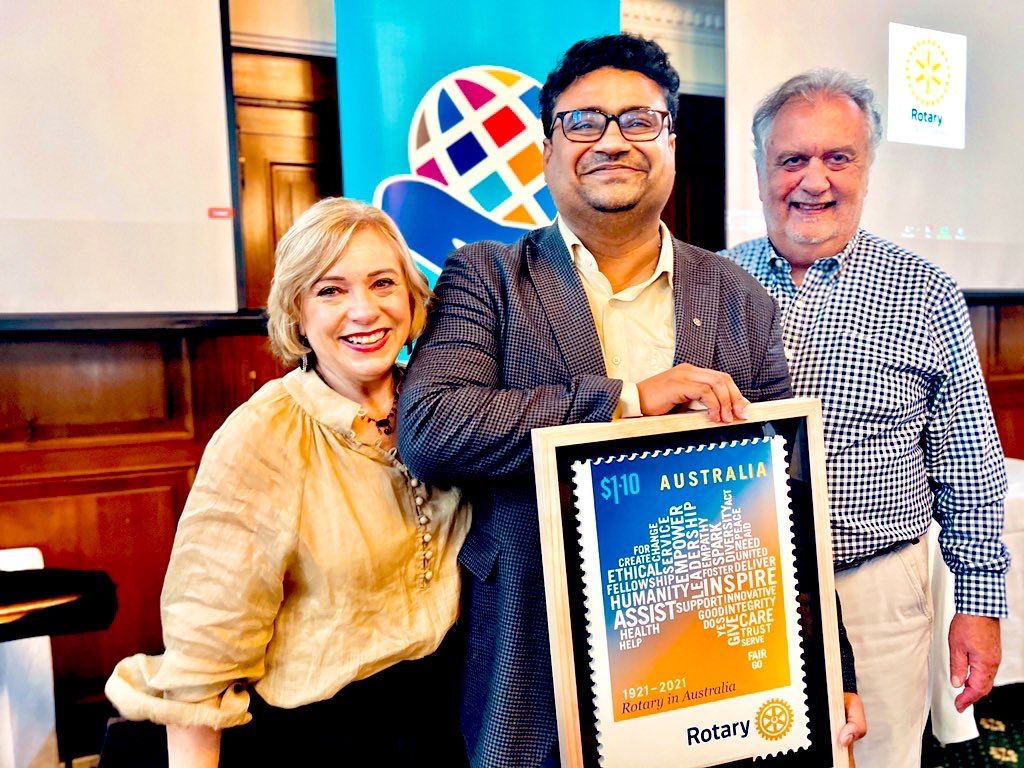
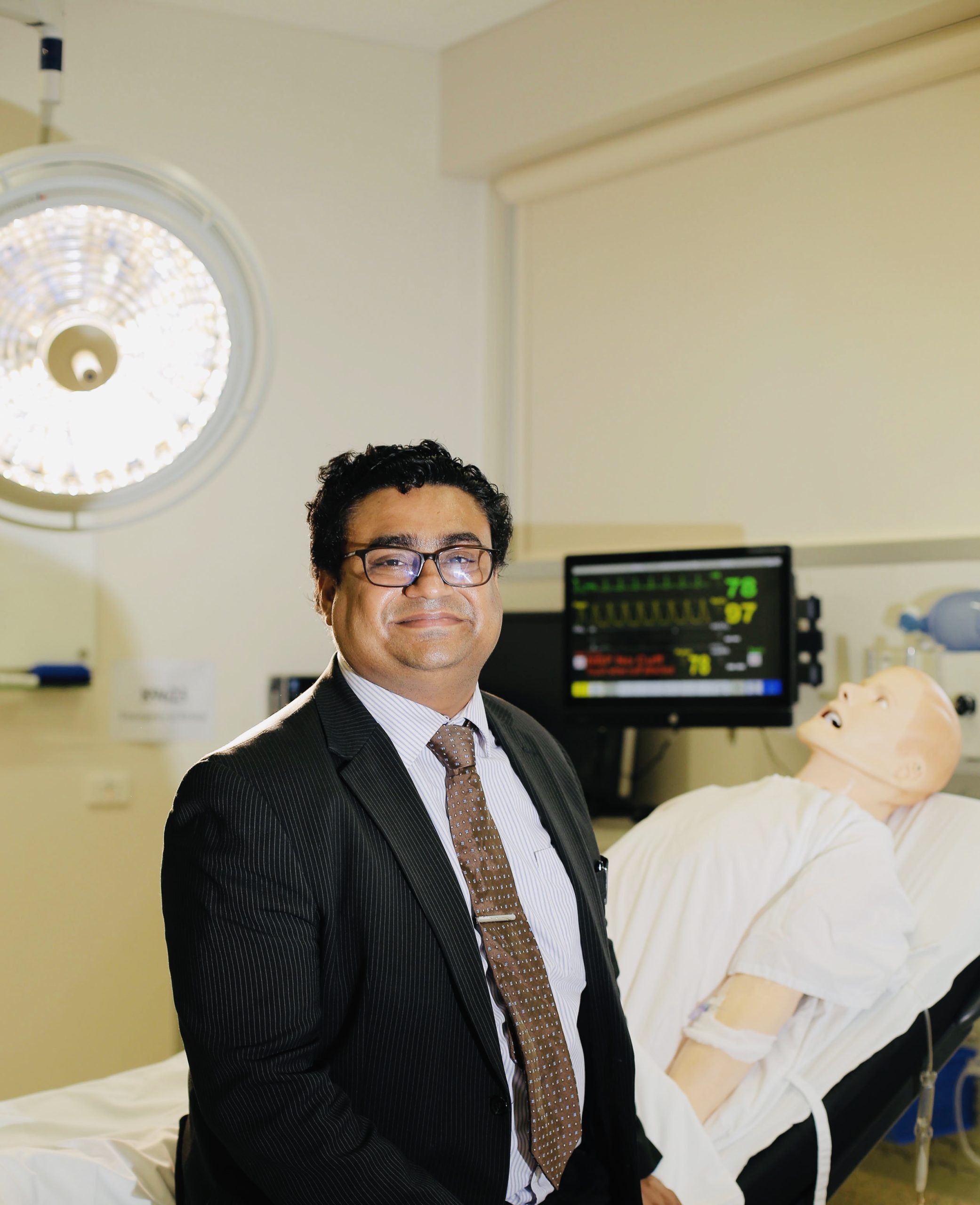

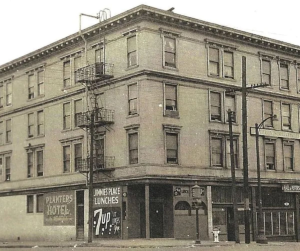
 Hoteliers Kanji Manchhu Desai, Nanalal Patel, and D. Lal. (Photo courtesy of Mahendra K. Doshi/ India Currents)[/caption]
Hoteliers Kanji Manchhu Desai, Nanalal Patel, and D. Lal. (Photo courtesy of Mahendra K. Doshi/ India Currents)[/caption]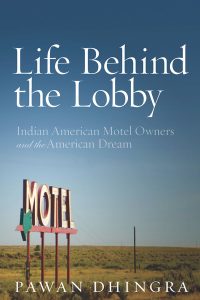 Life Behind the Lobby, by Pawan Dhingra, published by the Stanford University Press.[/caption]
Life Behind the Lobby, by Pawan Dhingra, published by the Stanford University Press.[/caption]
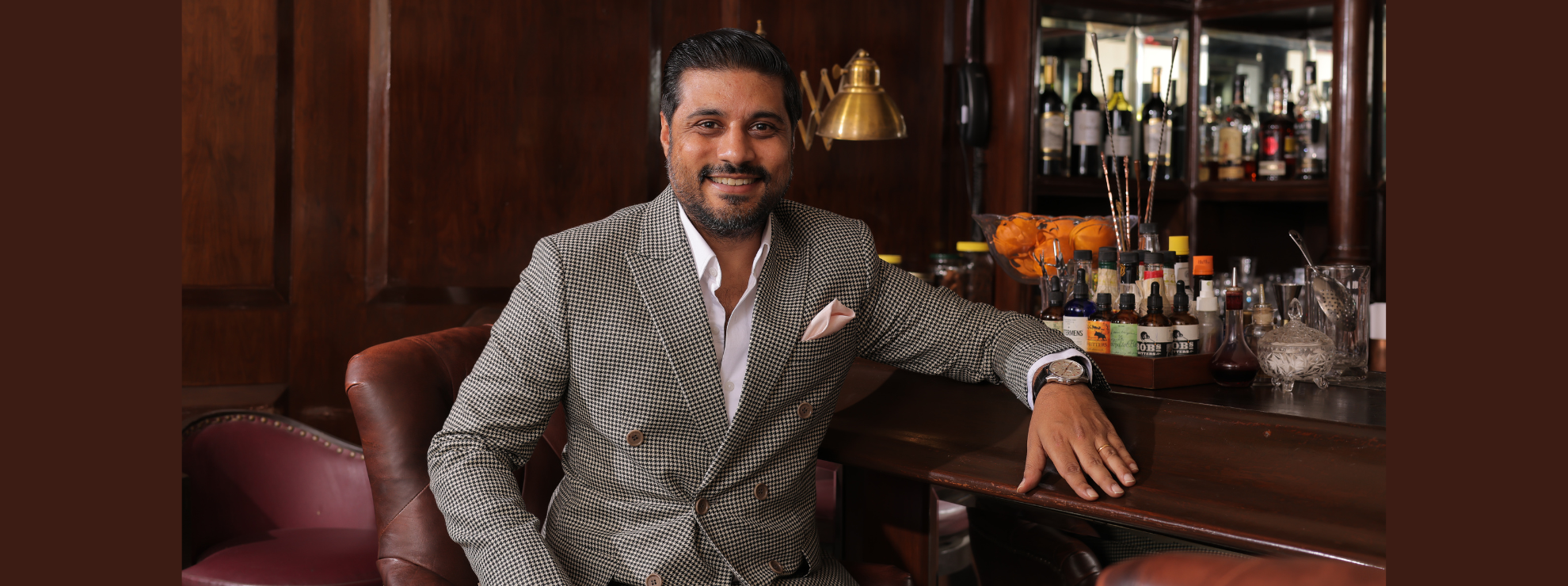



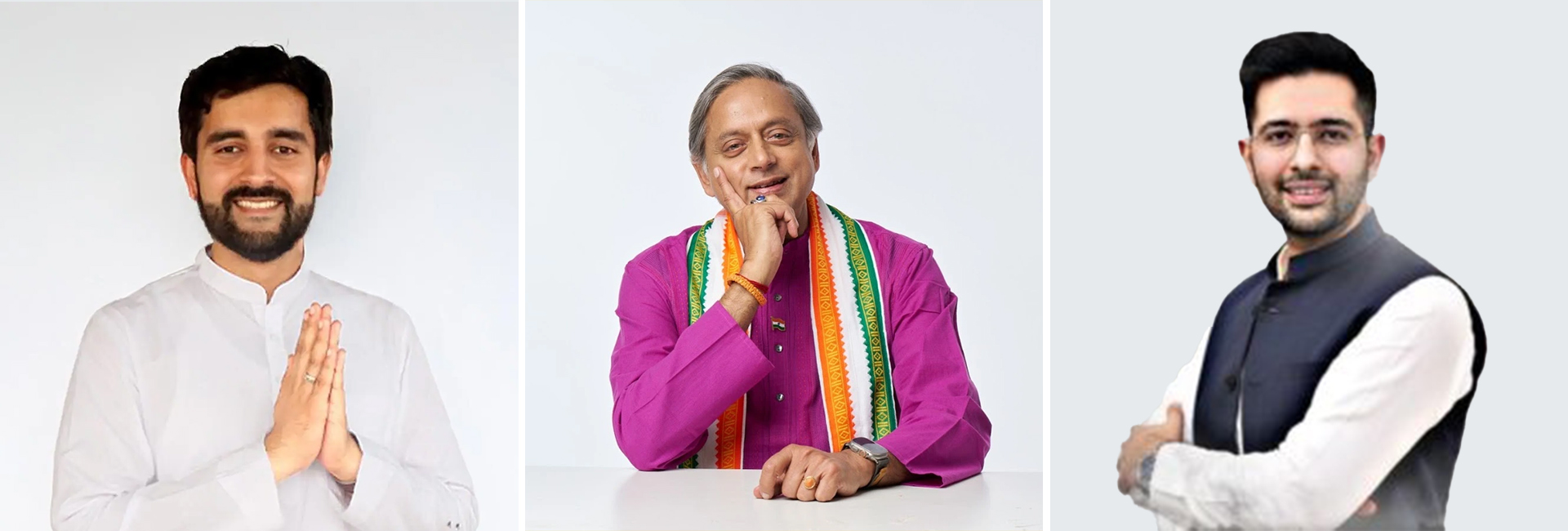
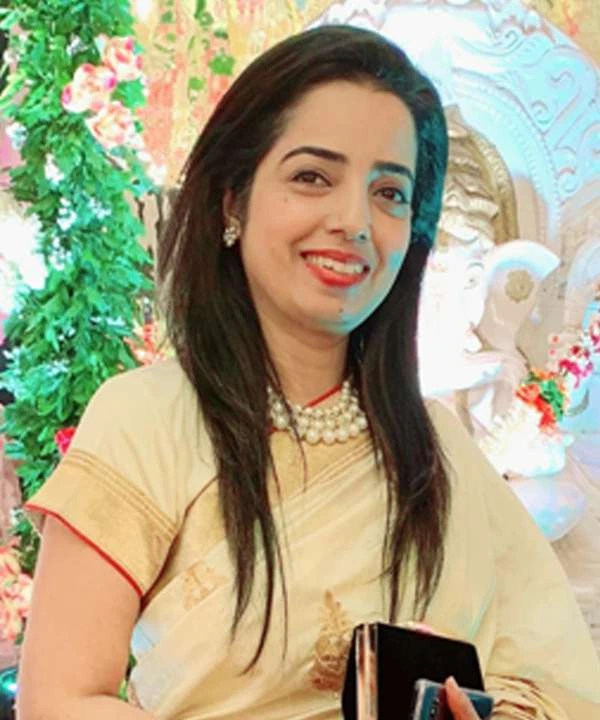 Rajalakshmi Kameshwar Joshi[/caption]
Rajalakshmi Kameshwar Joshi[/caption]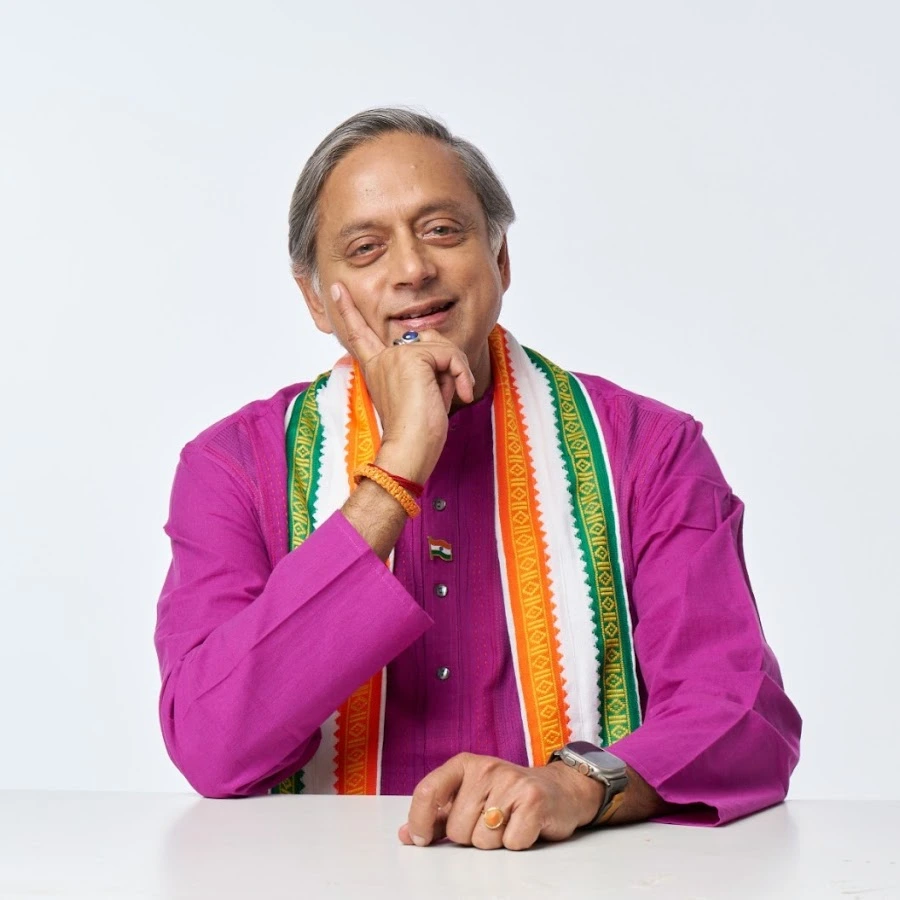 Shashi Tharoor[/caption]
Shashi Tharoor[/caption]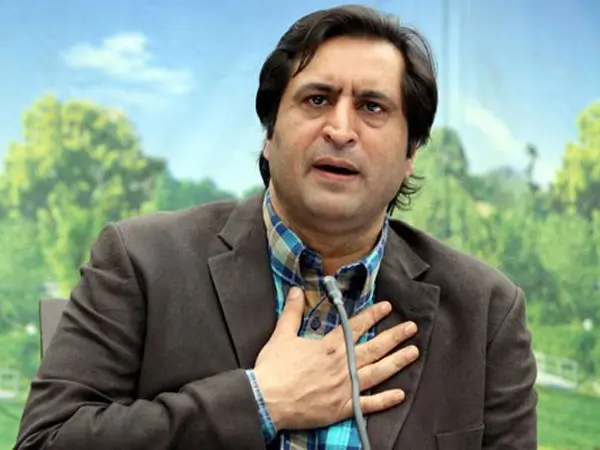
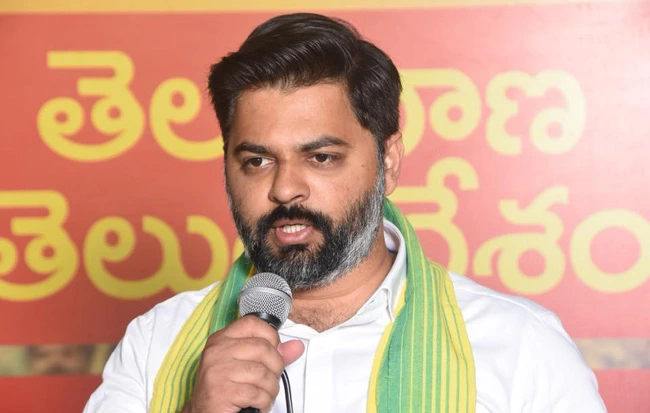 T Veerender Goud[/caption]
T Veerender Goud[/caption]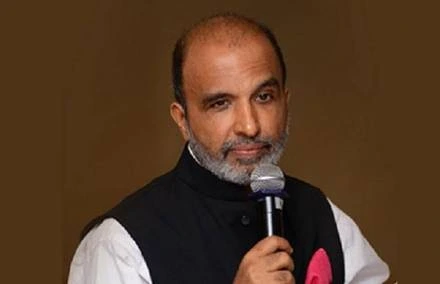

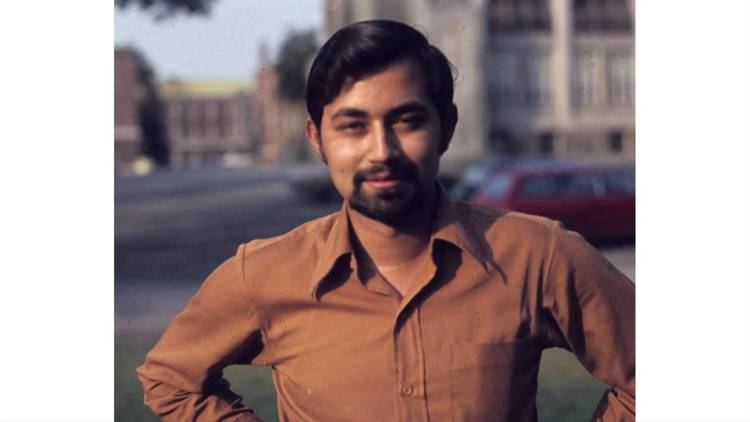 A young Dr. Baliga soon after shifting to the USA[/caption]
A young Dr. Baliga soon after shifting to the USA[/caption]